Rebranding with confidence
NPFSynergy conducted a survey where 69% of people perceived rebranding to be a waste of money. If your charity is changing direction and is reaching out to a new donor segment, you may need to rebrand, so how can you do this without being perceived to waste donor money?
If your charity has recently merged, or is looking to add a new service, or your existing brand is causing confusion, then you may have no choice than to rebrand. Coupled with the fact that “The culture of the voluntary sector has become predatory rather than collaborative … this culture had helped to increase the gap in the sector between the largest organisations and the grass-roots ones.” (www.thirdsector.co.uk, 2012). This means that when your charity is applying for funding, your branding must clearly communicate how it will make the most impact”. Rebranding must reflect your USP and it must be done carefully to reduce the risk of donors thinking you are wasting their hard-earned money on a rebrand.
However, rebranding should be done with care.
We all know that a rebrand is much more involved than a new logo design. A rebrand involves all elements of your organisation – from creating new vision, mission and values to align with your objectives and marketing strategy, engaging stakeholders including staff, volunteers, donors and service users to promote buy-in and promote your new brand. Margaret Wheatley in her book, Finding our Way: Leadership for an uncertain time, says: “People Support what they Create” so all stakeholders must be involved from the start. This will reduce rebranding costs for charities long-term because your stakeholders will be cascading your vision and you reduce the risk of wasted marketing budgets.
Charities are scrutinised much more heavily than private companies, therefore, this lack of trust may result in lack of employee engagement (Lee F, 2009). Involving staff from the start of a rebranding project will help to promote trust which will result in enhanced service user experience.
Branding to attracting donations
Money is tight. Therefore, before people donate, they want to know exactly where their money is going.
Many charities have become increasingly dependent upon their success in the donor market. The donor market is split between the consumer, public sector and corporate sectors. Competition for the donors’ market seems to have heightened in recent years so your charity brand needs to work hard to attract your chosen market. Charities who have the cute factor, benefit from the ‘Aaaah’ factor. If you charity has a less cute factor then it is essential to promote the ‘real issues’ behind your charity.
The donor market is changing. Unfortunately, charity organisational cultures in general are not responsive to change and also score less on innovation to meet beneficiary needs (Chapman, 2010).
Connecting charities and Corporates
Businesses are under pressure to be transparent too and being social responsible is big business. There has never been a better time to connect. A survey (LaFrancois H A, 1991) conducted with corporates revealed that in general, they indicated positive attitude towards cause related marketing. Examples of cause-related marketing are Innocent and Age UK’s bobble hats and Waitrose Community Matters scheme. There are 2.45 million enterprises registered for VAT in 2015 and there are only 165,290 charities.
How to tug the heartstrings of donors ethically
There are now 165,290 UK charities (as at 31st December 2015) with a combined income of £70 billion. Where does your charity sit in the market?
Research indicates that there is a “compassion fatigue” which means there is a general feeling that there are too many charitable demands due to decline in disposable incomes.
As with commercial marketing, you need to think: “What’s in it for me if I donate to this charity?” Shapiro (1973) advises that the value to donors in exchange for their funds and volunteering time are psychological and include “relief of guilt”, “the need of self-esteem” or “concern for humanity”. Therefore your marketing communications need to convey how you will meet these needs.
References
Wheatley M ( 2007), Finding Our Way: Leadership for an Uncertain Time, Berrett-Koehler Publishers
Shapiro, B. (1973), Marketing for nonprofit organisations, Harvard Business Review, Vol. 50, September-October, European Journal of Marketing
Shapiro, B.P. (1988), “What the hell is market-oriented?”, Harvard Business Review, Vol. 66, November-December, European Journal of Marketing .

Recent Comments